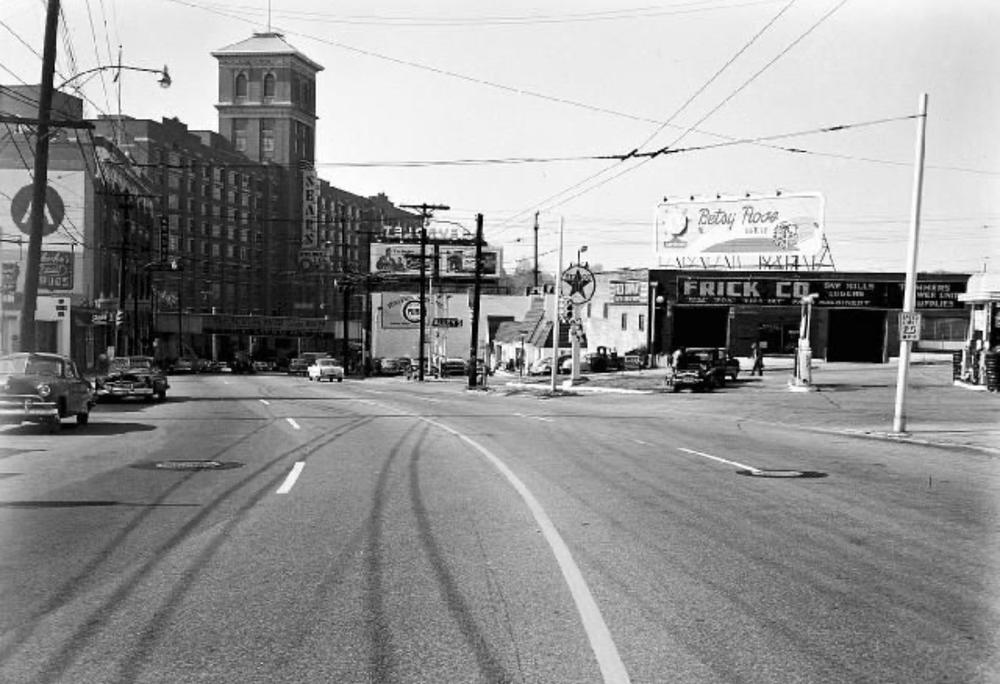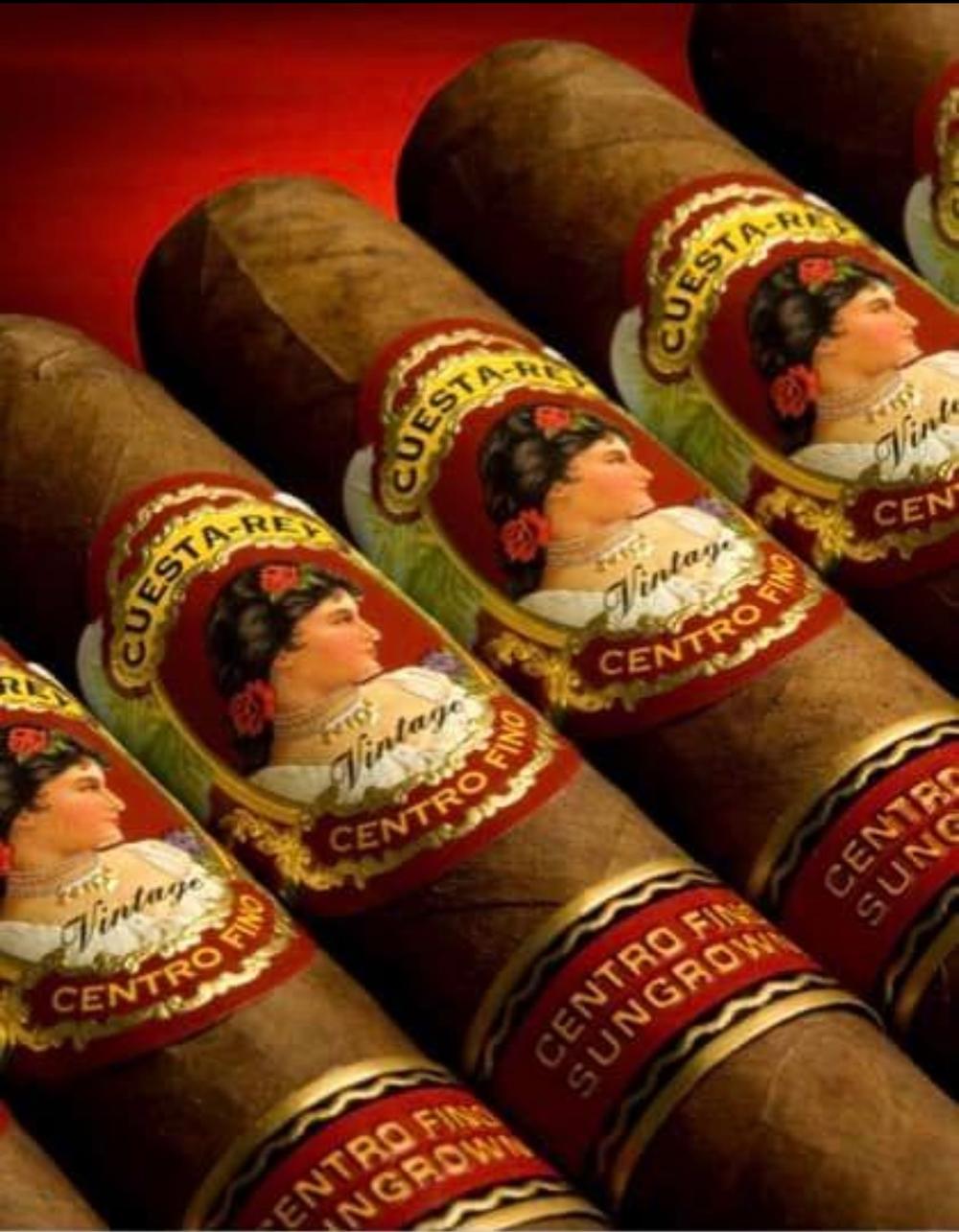
Caption
Angel LaMadrid Cuesta came to Atlanta with a dream and some pocket money. His business concept? Rolling premium cigars at a small factory off Ponce de Leon in Midtown.

Angel LaMadrid Cuesta came to Atlanta with a dream and some pocket money. His business concept? Rolling premium cigars at a small factory off Ponce de Leon in Midtown.
Near where Ponce City Market stands today, a booming industry once gave Atlanta employment, commerce and hope - plus a signature beyond the Civil War. Atlanta, Georgia: Home of the foremost manufacturer of premium cigars in the United States.
Long ashes, friends.
“My great grandfather made a bloody fortune, with really an astonishing life; and lived in Inman Park not far from his business,” said Atlanta native Dutch Minor, a standout Marist High School athlete, then Georgia Tech graduate. “He was just a little dude from Spain.”
5 foot 3 inch Angel LaMadrid Cuesta was born in Asturias, Spain in 1858.
He arrived in Havana, Cuba in 1873, attended school for two years, and went on to apprentice as a cigar maker.
Then Cuesta came to Atlanta with a dream and some pocket money. His business concept? Rolling premium cigars at a small factory off Ponce.
RELATED: Jimmy Carter, Charles Kirbo and a Billy Goat named Mac
The idea flowered quickly. Cuesta was rolling out Atlanta cigars and rolling in the money. Men were hired, more leaf tobacco was needed from Cuba, and trains were secured from Miami.
But shipments became increasingly difficult.
“So, what began for my great grandfather in 1884 Atlanta grew rapidly and forced to him to face a cold reality around 1893,” continued Minor from his Columbia, South Carolina home. “Despite loving his life in Atlanta, his business was at risk because of transportation issues. Bringing the tobacco to the Ponce factory was getting harder and harder.
Cuesta decided to move to Tampa where ships could sail from Havana to the bay, and a small community near the Hillsborough River - feeding directly to the Gulf of Mexico - Ybor City.
Atlanta’s loss was Tampa’s gain.

How different would Atlanta or Tampa look today had Cuesta stayed in north Georgia? Ponce might be lined with cigar factories. Atlanta’s culture might have evolved in ways unimaginable.
Cuesta became the Robert W. Woodruff (Coca Cola/Atlanta czar) of Tampa.
Cuesta-Rey became one of the largest cigar factories in Tampa. It had the further distinction of being the only factory in the United States with the royal appointment as "purveyors of Havana cigars to the Royal Court of Spain, granted by King Alfonso XIII in 1915.
In Tampa, Cuesta went on to become director of the Childrens Home, Florida Fair and Gasparilla Association, and a supporter of schools around Tampa. His civic involvement seemed limitless.
According to the Tampa Bay Times, “Mr. Cuesta died in 1936 at age 77. In a show of respect, Tampa's cigar factories closed for a day.”
M and N Cigar Manufacturers (today known as J.C. Newman Co.) bought the Cuesta-Rey brand in 1959.
If you drive I-4 toward Orlando, you can still see the red Cuesta Rey sign from the interstate.
“There is more to the story than cigars,” added Mr. Minor. “Angel’s precocious daughter, my great aunt Carlotta Kirkeby, a socialite, married a hotel magnate named Arnold Drake.”
Drake owned a slew of hotels around the country bearing his name.
“They were the couple who purchased and lived in a wildly famous Beverly Hills mansion. Their home was used as symbol or photo for the Clampetts, 'The Beverly Hillbillies,' ” chuckled Minor,
(Swimmin’ pools, movie stars.)
In 2019, the former Drake mansion sold for $150 million.
How different would Atlanta or Tampa look today had Cuesta stayed in north Georgia?
Ponce might be lined with cigar factories. Atlanta’s culture might have evolved in ways unimaginable.
As for Minor, he might have owned the Falcons or Braves instead of selling medical equipment in South Carolina.
“No regrets here," he said with another laugh, "The late Art Eckman [an Atlanta TV sports anchor] once presented me with Athlete of the Week.
There can be no higher honor - give that man a cigar.

Near where Ponce City Market stands today, a booming industry once gave Atlanta employment, commerce and hope - plus a signature beyond the Civil War.